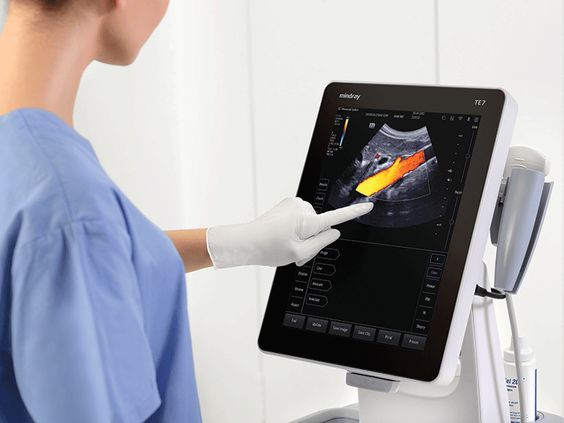
Point of care medical devices have completely changed how medical professionals receive and interpret various bits of medical data about a patient. Point of care medical devices enable medical professionals to have access to patient information right at the bedside. Rather than looking at notes that aren’t always easy to read (doctors handwriting is notoriously hard to read) or walking backward and forwards from a computer, a medical professional can access data at the patient’s bedside. This is so useful during doctors’ rounds during the morning.
There are often so many patients to see, and having access to all the patient’s medical history, test results and other information at the click of a button. This quick and easy read is going to talk more about the technology that enables medical professionals to have access to patient data via point of care carts and how they are changing the world of medicine. Point of care carts is just one of the ways that healthcare is becoming more reliant on technology.
What Are Point of Care Medical Devices?
For those of you who don’t know what a point of care medical device is, it is a portable computer device that medical professionals can move freely around their clinical environment. Before these were created, professionals would have to fight over a free computer and often wasted a lot of time going back and forth to read information. It is effectively a portable workstation, and it has changed the way health care is delivered at the bedside. There is also a wall-mounted point of care medical devices.
And the realm of medical device registration is vast and intricate. It’s a process that demands attention to detail and a deep understanding of regulations. For those who are new to this, or even seasoned professionals seeking a refresher, click here for insights. It’s a resource that has been invaluable to many.
The Technology That Lies Within
There are a variety of different models available. The majority of the computers come with the same basic technology that allows medical professionals to analyze blood results, review medical information, request prescriptions, etc. Standard carts are also equipped with video communication. This enables professionals to connect to remote patients or other clinicians. There are specialist carts that are tailored towards fetal monitoring, vaccination workstations, phlebotomy, and more.
All point of care carts have a large CPU storage area and an increased battery run time to cope with the demands of a busy clinical environment. The nurse workstation is one of the most popular models that’s purchased. It features N-sight, which is a cloud-based system that helps to improve asset utilization and maximizes the performance of the fleet. It also makes it much easier to remotely manage the point of care carts. Point of care devices can be loaded with programs such as NDIS providers software to allow for efficient record-keeping of patient records that are accessible anywhere, making it easier for teams to deliver highly personalized support to clients and their families.
Clinical Use
Point of care carts are in most clinical settings. In terms of clinical use, it has provided medical professionals with a way to rapidly access and interpret data. Point of care carts help alert medical professionals to issues before it impacts the clinician. Workflow throughout the day is much smoother, and both clinicians and patients benefit from point of care carts.
Conclusion
Technology as a whole has completely revolutionized and streamlined the world of medicine. Point of care carts often works alongside other pieces of technology such as a fetal scanning machine for a fetal monitoring cart. Every medical setting can benefit from point of care carts as well as the use of other technological devices that improves the processes of a clinical environment which is notoriously busy in the US
